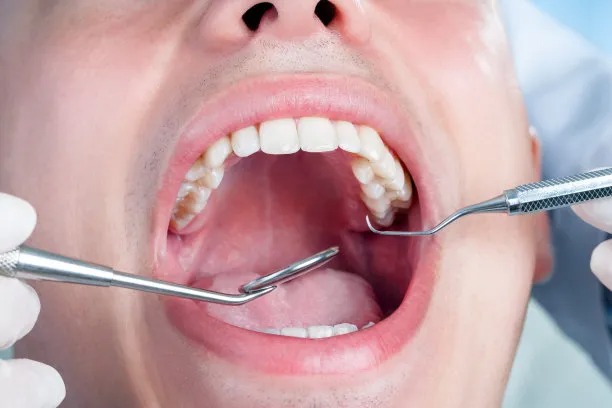The Essential Guide to Understanding What to Expect When You Have to Extract a Tooth
Summary: Extracting a tooth can be a daunting prospect for many individuals, but armed with knowledge, the process can be much easier to navigate. This essential guide outlines what to expect before, during, and after a tooth extraction, providing insights into reasons for extraction, the procedure itself, pain management, and post-operative care. By understanding the various stages of this process, patients can feel more at ease and prepared for their dental appointments. Whether your extraction is routine or complex, this guide ensures youre well-informed and ready for a smooth experience.
1. Common Reasons for Tooth Extraction

Tooth extraction may seem drastic, but it is often necessary for various reasons. The most common indication is extensive tooth decay. When cavities are so severe that the tooth structure can’t support a filling, extraction becomes imperative to prevent infections from spreading.
An additional reason for extraction is for orthodontic treatment. Sometimes, teeth must be removed to create space and alignment for proper orthodontic correction. This is particularly true in overcrowded mouths where the alignment of existing teeth could pose further issues.
Finally, impacted wisdom teeth are another frequent cause of extraction. When these third molars grow in incorrectly or become trapped beneath the gum line, they can lead to pain and potential infections, necessitating their removal to promote oral health.
2. Understanding the Extraction Procedure
Understanding the tooth extraction procedure can significantly reduce anxiety about the process. Initially, your dentist will perform a thorough examination, often including X-rays, to assess the extent of the dental issue and plan for the extraction.
On the day of the procedure, local anesthesia will be administered to numb the area around the tooth. If multiple teeth are being extracted, or if the extraction is anticipated to be more complex, sedation may be offered to keep you calm and comfortable.
The actual extraction involves loosening the tooth from its socket using specialized instruments and eventually removing it. While you may feel pressure during this step, discomfort should be minimal due to the anesthesia. The dentist will monitor your condition throughout to ensure your safety.
3. Pain Management Strategies After Extraction
Post-operative pain management is a critical aspect of recovery following a tooth extraction. Once the anesthesia wears off, some discomfort is normal; however, it can usually be managed effectively. Over-the-counter pain relievers, such as ibuprofen or acetaminophen, are commonly recommended and help alleviate pain and swelling.
In some instances, your dentist may prescribe stronger pain medications, especially for complicated extractions. It is essential to follow your dentist’s recommendations carefully and to take medications as directed for optimal recovery.
Additionally, applying ice packs to the outer portion of your jaw during the first 24 hours can help reduce swelling and numb pain. Remember to alternate between ice and rest to provide comfort to the affected area.
4. Essential Aftercare Following a Tooth Extraction
Proper aftercare following a tooth extraction is crucial for facilitating healing and minimizing the risk of complications. Initially, patients should avoid rinsing their mouth vigorously for at least 24 hours, as this could dislodge the blood clot that forms in the extraction site.
Diet plays a significant role in recovery. Soft foods are recommended for the first few days, as they are easier to chew and less likely to irritate the extraction site. Foods like yogurt, pudding, and mashed potatoes can provide necessary nutrition without discomfort.
Furthermore, maintaining good oral hygiene is imperative, but patients should be gentle around the extraction area. Gentle brushing of the teeth, along with careful rinsing with warm salt water after 24 hours, can aid in preventing infection and supporting healing.
Summary:
In conclusion, tooth extractions, while sometimes necessary, can be managed with proper understanding and care. From the reasons behind extractions to the detailed procedure and essential aftercare tips, being informed can make the experience significantly smoother. Remember, communication with your dental professional is key to addressing any concerns and ensuring a successful outcome.
This article is compiled by Vickong Dental and the content is for reference only.



